5. Evan Almighty
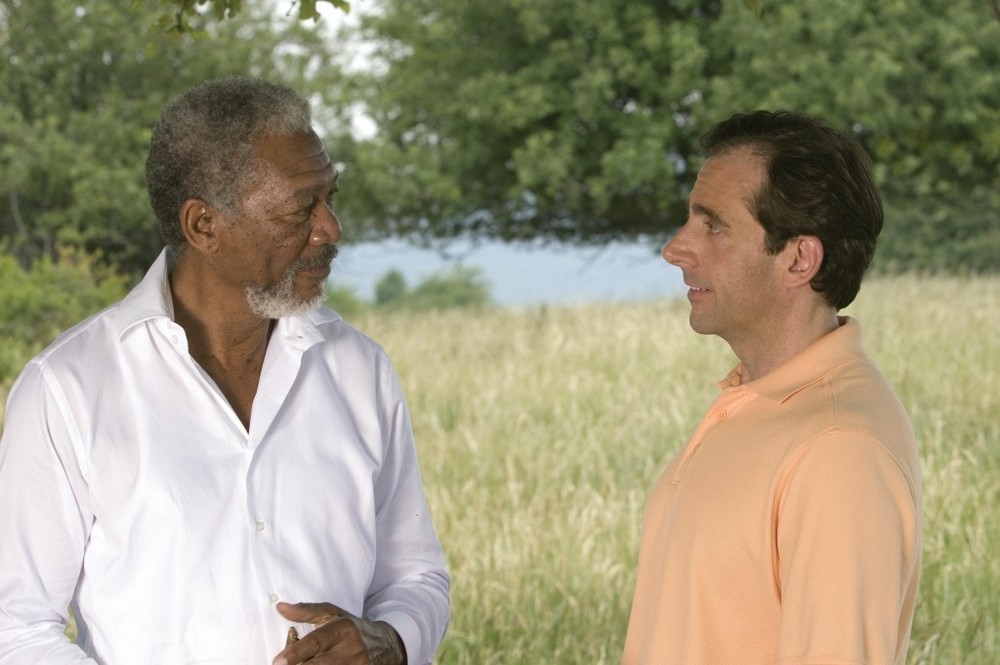
Throughout the 2000s, Jim Carrey firmly established himself as the comedic juggernaut he had proved to be since the ’90s, while showing he was as a good dramatic actor as well. He alternated dramatic and comedic roles, swinging between well-reviewed dramas like Eternal Sunshine of the Spotless Mind and broad comedies like Fun with Dick and Jane. Bruce Almighty is one of the most successful out of his 2000s comedies.
Co-starring Jennifer Aniston, the movie is based on a simple premise specifically engineered to let Carrey employ his talents at maximum: Jim’s character Bruce gets God-like powers from God himself.
The film is nothing special, but is sure to grab some laughs from the viewer; it also offers a perfectly-cast Morgan Freeman as God in one of his best-known performances. The film developed its premise to its natural conclusion, made a point about the power of faith in everyday life, and let Jim Carrey use his best tools, physical comedy and infectious enthusiasm.
There was no need for a sequel, until the studio decided that it was a good idea to use a major biblical episode, Noah’s Ark, with a similar premise to Bruce Almighty. The return of Morgan Freeman’s God was also on the table, and so it was decided to make a sequel of the film, this time starring an hilarious secondary character from the first film, Steve Carrell’s Evan Baxter.
The film proved deeply unnecessary, and Carrell was not really apt for such a film (his best comedic roles have come from very different premises). Today, it is hard to find someone who actually remembers the existence of a film called Evan Almighty.
4. The Lost World: Jurassic Park
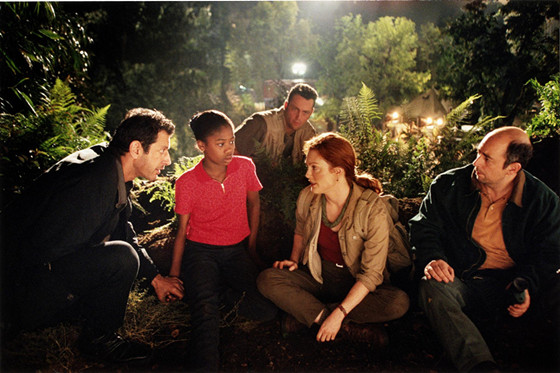
The first Jurassic Park was an enormous success and redefined what a blockbuster could be. Its use of digital effects was top-notch for the time, and Steven Spielberg’s touch made sure that this was not a banal movie event but an actually entertaining and compelling viewing experience, from the action to the drama to character development.
A sequel soon began to be developed, as the author of the original novel Jurassic Park, Michael Crichton, got an idea for a continuation of the book, thus giving a chance for the movie franchise to go on as well. Spielberg returned to direct, but in order to move forward, the story needed a fresh start and new dynamics. This meant that Sam Neill, Laura Dern and most of the original cast did not return.
The new lead was chosen to be Jeff Goldblum, returning as dr. Ian Malcolm. The character had proved extremely popular, and Goldblum’s charisma was enough to carry the “human” part of the film.
While successful, the film got a less enthusiastic response from critics and the audience, perhaps because of the absence of interesting character development or the lack of originality of the picture. For the third film, it was decided to make Sam Neill’s character return, along with Laura Dern who shot a cameo. Eventually, the series was rebooted with the box-office smash hit Jurassic World.
3. Speed 2: Cruise Control
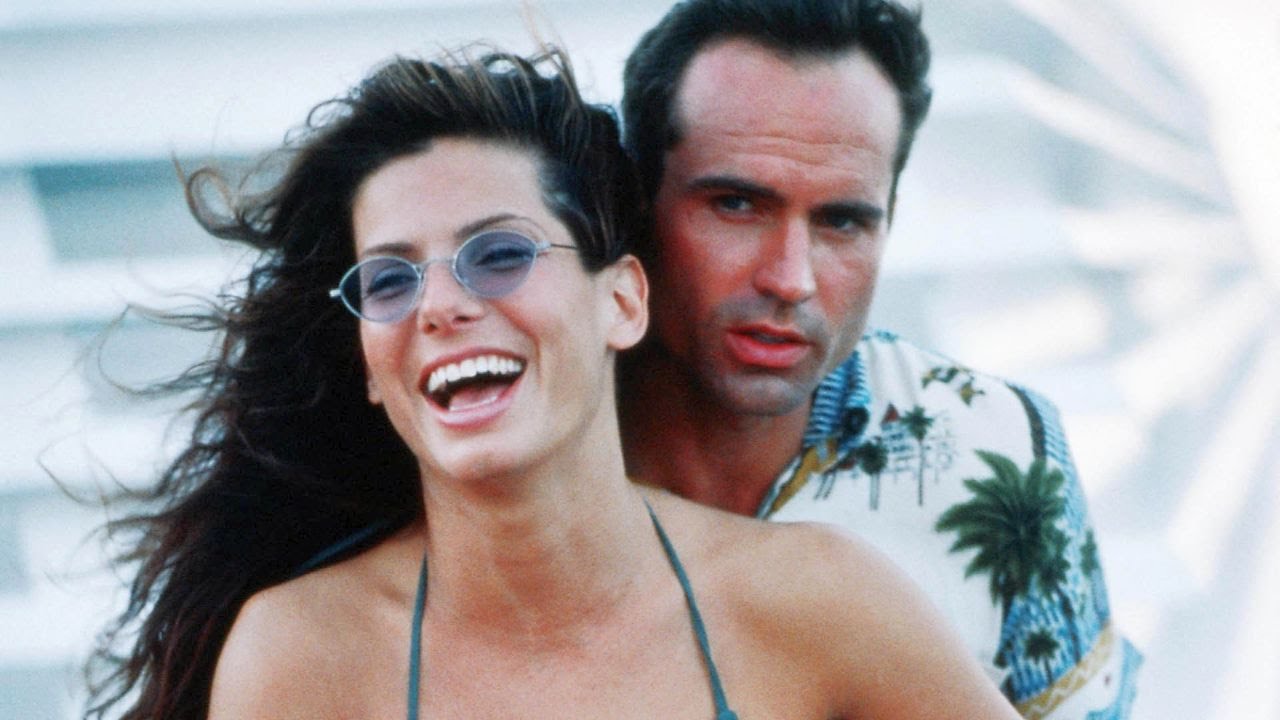
Speed 2 is one of the most infamous examples of a sequel that tried to replace its original protagonist. The first film was a hit, as it captured the audience’s attention with its simple but effective premise: a bus cannot slow down otherwise it will explode (sounds silly on paper, but it works on screen). Keanu Reeves and Sandra Bullock starred in the original film, and their chemistry worked well, as did the perfectly wicked performance of Dennis Hopper.
The success of Speed was big enough to generate for a sequel, but the issue was that few premises could have worked as thrillingly as the first one. Eventually, the choice of setting Speed 2 on a cruise was an unfortunate one, but one has to wonder which one would have actually worked.
Unlike Sandra Bullock, Keanu Reeves elected to not return for the sequel; this left the producers with the difficult task of replacing the hero of the first film. They eventually settled on Jason Patric, and if you are asking yourself “who is he?”, then you can guess how forgettable his performance was.
It is interesting to note how it was decided to not make Bullock’s character the main hero of the film, instead making her the protagonist’s girlfriend. In hindsight, Bullock could have carried the whole movie, although it probably still would have not worked.
2. Transformers: The Age of Extinction
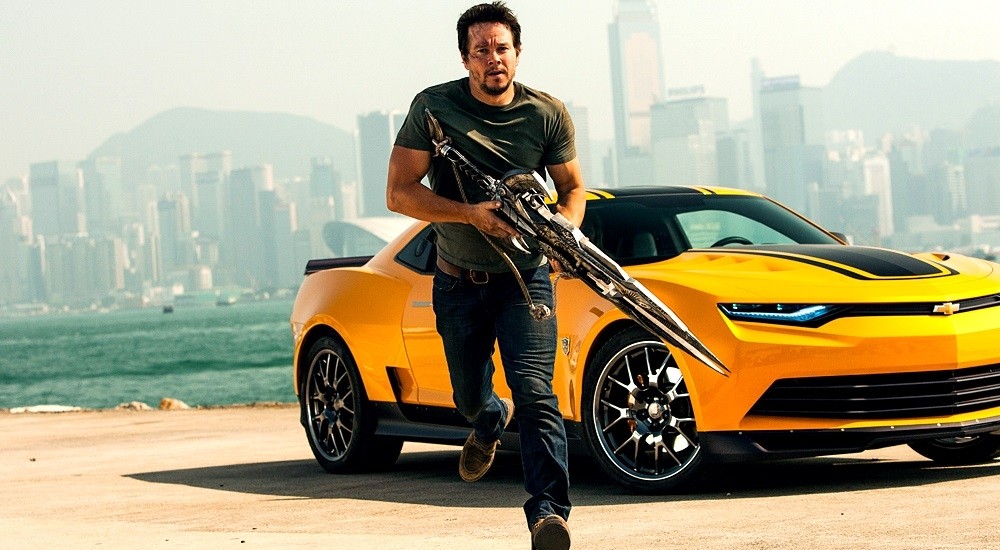
What can be said about the Transformers film saga that has not been said before, in a good or a bad (as is more often the case) sense? Michael Bay took a potential film series based on a toy/animated series and turned it into a behemoth of a franchise, sustained by the sheer grandiosity of the images and by the over-the-top esthetic of his directing style. No action scene was too big, no camera too shaky, no amount of CGI exaggerated, and (most importantly) the explosions were never enough.
The Transformers saga could be pin-pointed as the moment in which digital technology caught up with the public’s need for a “bigger is better” kind of film. Blockbusters have always relied on spectacularity to make up for their lack of story and character details, and Transformers has basically become the point of return for this way of making cinema. Considering this, it is surprising that Bay actually stuck with his main protagonist for three films: human characters tend to be replaceable in these kind of franchises.
Shia LaBeouf starred in Transformers (2007), Revenge of the Fallen (2009), and Dark of the Moon (2011), before out-growing the franchise and dedicate himself to his many artistic ventures, the likes of which are clearly distant from everything that films like Transformers represent (meanwhile, Megan Fox had left the saga after the second film, but for less artistic reasons).
The saga did not miss a beat, and standard action-movie lead Mark Wahlberg was quickly in for a seamless transition into 2014’s The Age of Extinction and 2017’s The Last Knight. Did anyone notice the change in the lead character? Did anyone care? Did everybody enjoy giant robots fighting? The answers are not hard to guess.
1. The Bourne Legacy
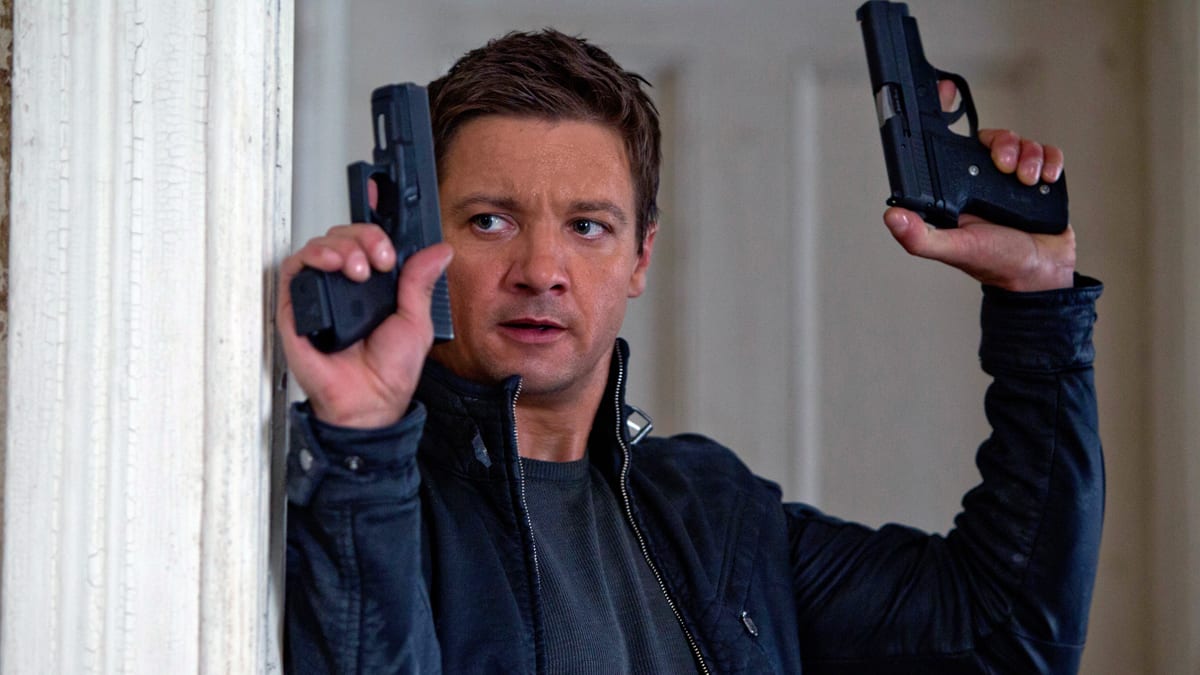
The release of The Bourne Identity in 2002 was a pivotal moment in the history of spy and action movies. Loosely based on the novel by Robert Ludlum, previously adapted in 1988 as a television film, the film follows Matt Damon’s character as he uncovers the truth behind his past and his memory loss.
The film was directed by Doug Liman, and was more than well received by critics and audience alike. Still, no real plans were made for a sequel: although Ludlum had written two more books involving Bourne, it would have been difficult to adapt them to the radically different world of the 21st century.
The sequel came into being due to a Tony Gilroy script and the involvement of new director Paul Greengrass. With him, the Bourne saga got a sequel with its own cinematic style and appeal. The Bourne Supremacy (2004), and later The Bourne Ultimatum (2007), were a new kind of action/spy thriller: tightly scripted, profoundly realistic, and based on mostly practical effects.
To understand its influence, one has to look no further than the Bond saga, which took a page or two from the Bourne book when it needed to be rebooted with new actor Daniel Craig.
The main storyline of the films ended with Ultimatum, and Greengrass felt he did not need to do another film for the franchise. This quickly led to Damon refusing to take part in any kind of continuation of the series, since he thought it made no sense for him to do such a film without Greengrass.
The studio still felt the saga could continue in some way, and when screenwriter Tony Gilroy got an idea for a story involving a larger conspiracy behind the events of the first three films, the movie got into production. With the main lead gone, the fourth film, aptly titled The Bourne Legacy, found a new protagonist in Aaron Cross, played by Jeremy Renner.
The Bourne Legacy did not particularly strike the audience, and plans for a direct sequel were put on hold. Greengrass returned to the franchise, as did Matt Damon, for a new sequel focused once again on Jason Bourne, which was released in 2016 and was titled after its lead.